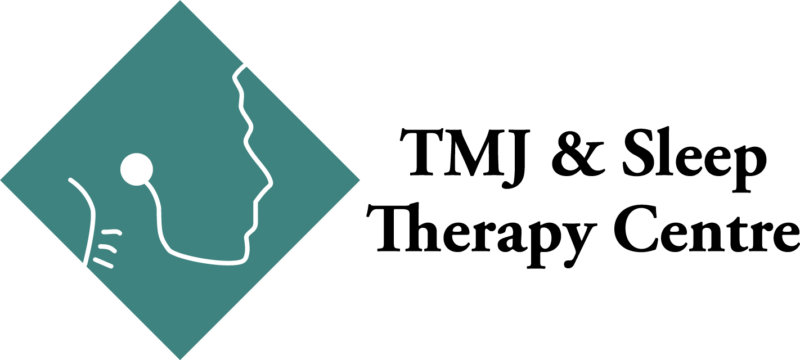You’ve probably never thought about your temporomandibular joint, or TMJ. It’s the joint at which your jaw meets your face, just below your ear. It facilitates chewing and mouth opening.
Temporomandibular disease – or TMD – can cause a cascade of issues, including a wide variety of headaches.
If the TMJ is misaligned and not functioning properly, it puts pressure on muscles in the jaw, causing them to cramp and spasm. This can lead to the pain, sensitivity, and migraines. People suffering from migraines often feel searing pain, see bursts of light, and feel ultra-sensitivity to light and sound. Women are more prone to migraines than men.
Others experience TMD headaches as cluster bombs in the head that go off with splintering pain, usually behind one eye. This pain is referred from the muscles and related structures around the jaw and in the head. Men suffer these headaches more than women.
Because people with TMD unconsciously jut or recess their jaw in order to chew, speak, or breathe, the muscles and other structures around it are constantly stressed. This can lead to sinus headaches that hurt in the face and involve earaches and a runny nose. The mouth, nose, and ears are all connected through the sinuses.
Tension headaches radiate down into the neck and shoulders and up into the eyes. This pain can come from TMD as well. They feel like a vice has been tightened around the head because that’s what is happening when TMD is causing jaw muscles to contract without letup.
Of course, headaches of all kinds have myriad causes.
How do you know if TMD is the issue?
- If you have TMD, it’s almost certainly a contributor, if not the cause. A dentist, ENT doctor, or craniofacial specialist can diagnose TMD.
- If your jaw clicks or pops, that’s a signal that the bones of the TM joint are not in alignment and are rubbing against each other when the mouth opens and closes. Just because the pain isn’t in the jaw doesn’t mean that’s not it source.
- If your bite feels funny, that’s a red flag that TMD is an issue. You know what it feels like when your lower jaw is properly interacting with your upper jaw. If you’ve noticed a different feeling, talk to your dentist.
People with chronic headaches who look to their family physician for a cure are generally not told that their jaw may play a role in their pain. It most often requires the initiative of the person suffering to discuss it with their dentist. If you deal with frequent or painful headaches and you’re struggling to identify the source, talk to your dentist.
One conversation with the right person could resolve your pain.
